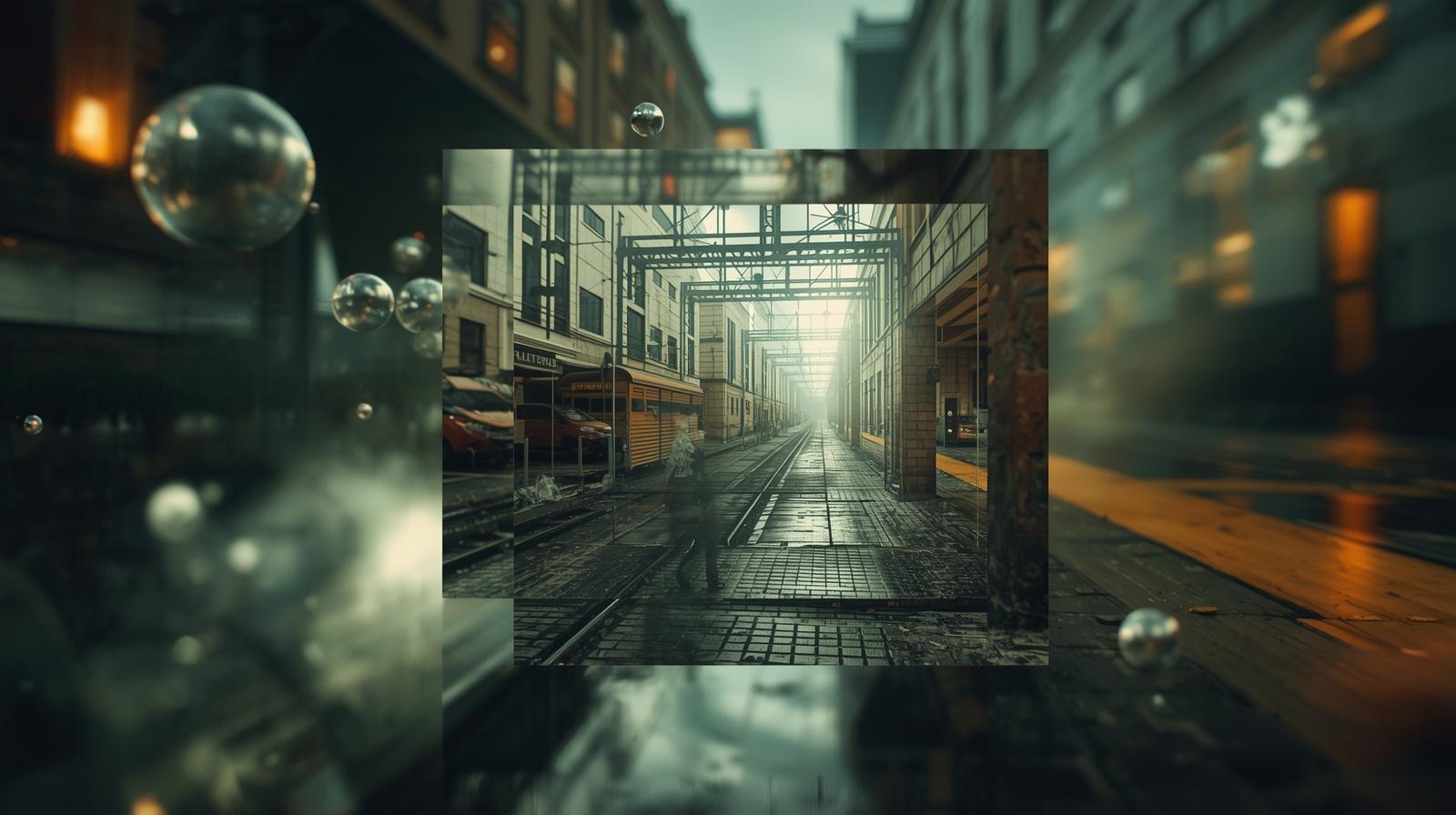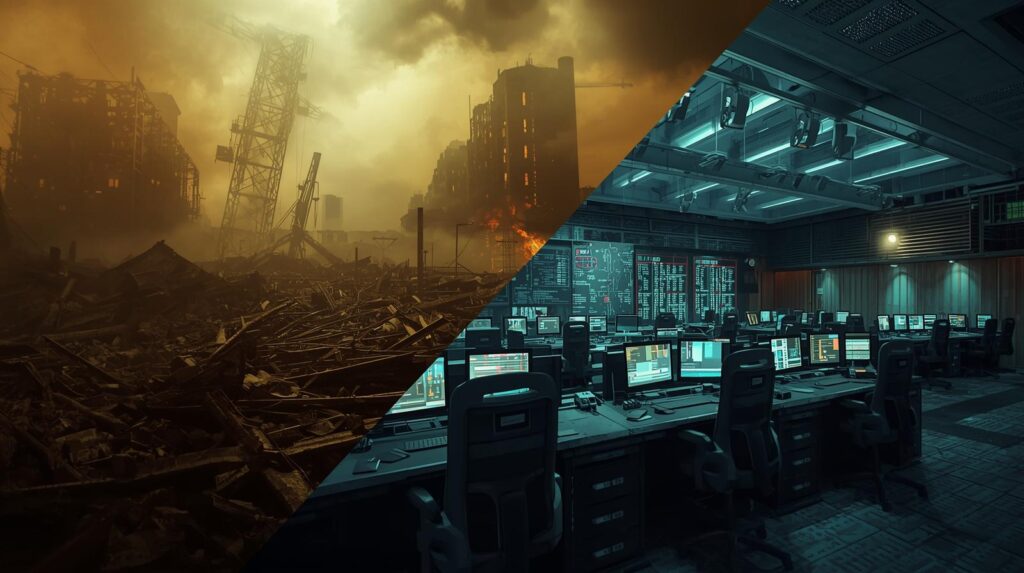Body & Space : Symbolic Whisper

Body & Space: Symbolic Whisper is a historical narrative of two-way, reciprocal interaction. History is written on bodies, and biology is a reminder that keeps it alive.
What place does a severe stomachache remind you of? What place does a stiff neck or extreme fatigue match in your mental file? This is the spatial map of all the scores the body records?
The body has a different attitude in each place. Our physiology exhibits a repertoire from place to place. How a place affects the body is discovered by tracing hidden patterns. The symbolic whisper a body leaves in a space permeates its volume. The space transforms this symbolic whisper into a record that it will later recall.
After that, the coding of space on the body is the marking of a time interval. Through matching, convergence, and framing, our minds create a map. The history of the body that permeates space is written.

For instance, The human body is like a physiological bed. It’s filled with symbolic narratives that overlap and extend upon it. The record of what has been experienced and its symbolic meanings are inscribed upon it. Every story that stretches across the body is stored as a symbolic record. The setting, time period, and characters of the story resemble a data pool. The stretching of human life across a fabric of time often resembles the continual erosion of a roadside sign.
By the time, when the world we live in becomes unbearable, we redefine our experiences in our minds. We replay a new scene, transforming our passive and passive states into active participants. project images of events onto the folds of our minds. The eye easily captures what time misses.

Body & Space : Symbolic Whisper = The Tension of Remembering
In despite of eveything, remembering is the eye’s instantaneous scanning of mental records. Emotional files in the mental cabinets are marked, and with a single press of a button, an image appears. By pointing and marking the right emotion (the key emotion for that event), images flow. Collages, momentarily ignited on a slippery screen of time, flow before us.
Therefore, the familiar tension of remembering appears before us as if pulled from a drawer. What softens that tension is the inscription of different codes onto the mental collages of the past. These codes assign meaning. These assignments of meaning are the reason we evaluate, see, and even feel everything we experience differently over time. They are an attempt to lighten the weight of memories on the body.
Sometimes, the aim here is to gain control and mastery over the delirium of unconscious fantasies. When we want to change, we do so not only through physical transformation but also by delving into buried past experiences.

Over time, people reassign meaning to the past. This occurs through both unconscious mechanisms and a conscious process.
Approaching the regrets we feel about our past as an experiential acceptance opens the way for the present-day mind to project into the future.
Transitions are nourishing. Movement is sacred. Yes, that’s right. Application relieves the tension of knowing. The burden of what has been learned is transferred to action.
A replay button is constantly activating the some images. A play button that ignites that language of emotion. We shift locations in our minds. Redefining, at some point, “naming,” which allows language to quickly come to our aid, always makes our task easier.
Body & Space : Endless Delirium
“The solidity of undisplaced things, of selves that have not experienced displacement, may indeed be the greatest of illusions.” Richard Sennnett
Strangeness, at the very least, functions as a transformative invitation.

Transformational experiences are attempts to revisit the contradictions and resolve conflicts inherent in the life of the self, the self that questions itself, the self that yearns to find itself. As Adam Phillips puts it, the self must manage contradictory and competing versions of itself and recognize its representations.
Our lives are a mathematics of subtraction and increase, a movement upon the self.
Similar to the constant flow of money and the circulation of capital, the self carries an absolute overmanagement—an unbearable tension.
The compelling nature of change and subsequent transformation (Metonia), which varies depending on the individual and the circumstances, stems from this very point…
Is it entirely possible to eliminate a past identity, or the Self? In the construction of a new identity, the remnants and traces of the old demand an uncanny continuity. Past habits and beliefs, implicitly lingering, always try to infiltrate and touch the new. It is as if they want to be shaped by the new.
As a result, If we think that life is organized around desire, we know that the past, present and future all require desire, and that the point is not to reach or acquire but rather to simply want.


